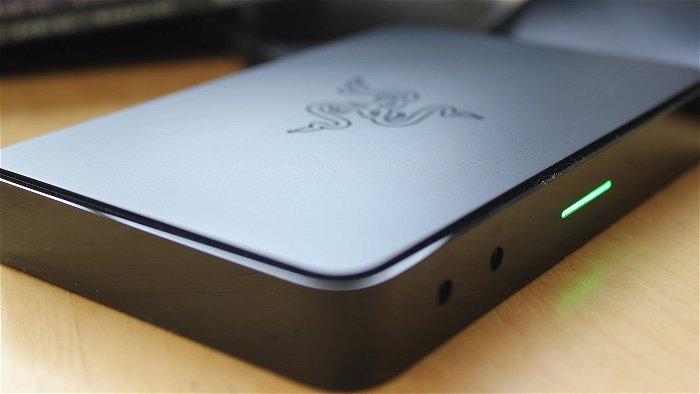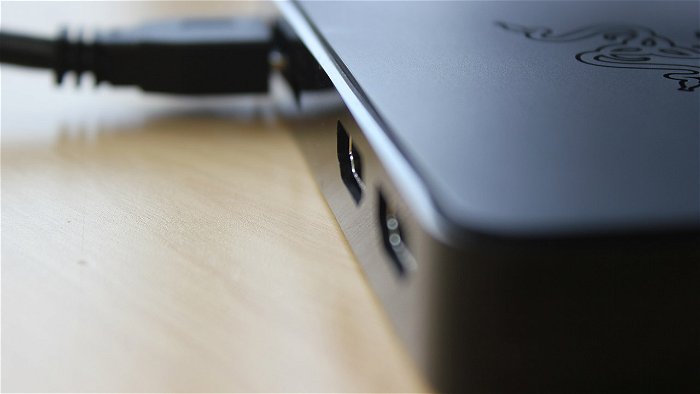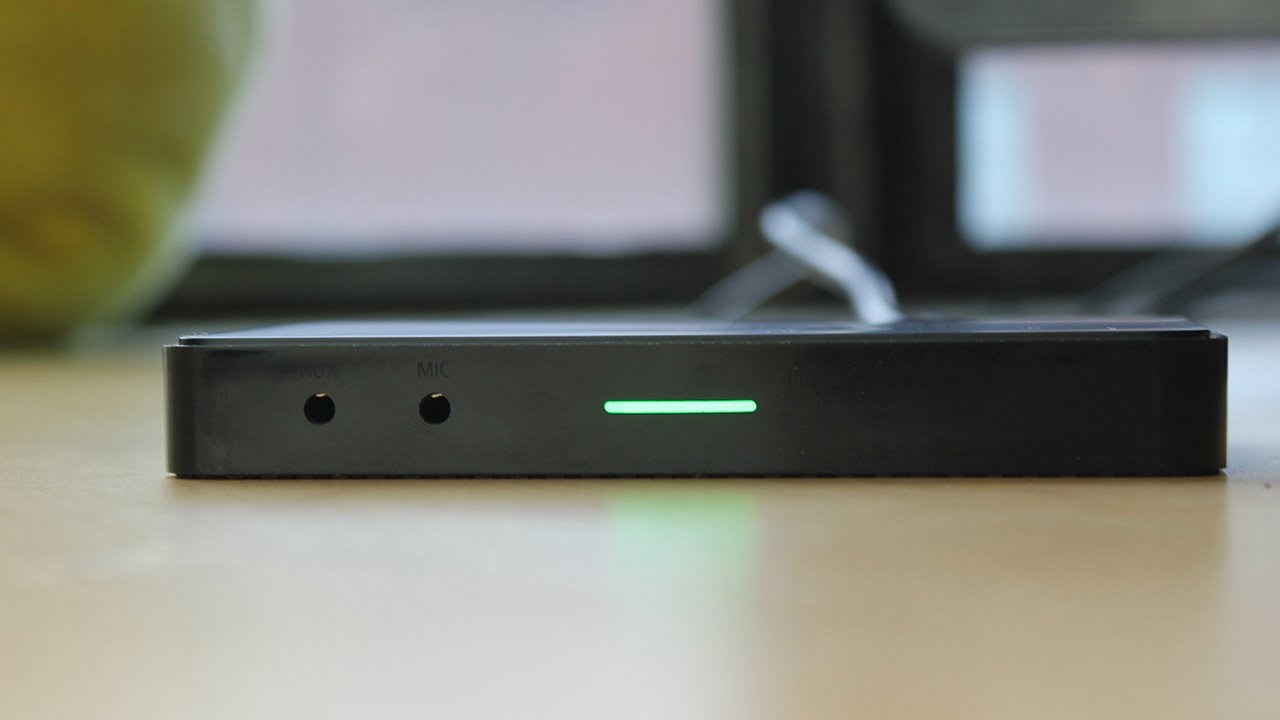Even if Razer didn’t already dominate a large section of the gaming equipment market, their latest product should gather a lot of attention and give competitors a run for their money.
Razer have developed a new capture card known as the Ripsaw which was released near the beginning of April, and what a card it is. As the name implies, a capture card can capture or stream game footage from current or last gen consoles in 1080p while running up to 60 frames per second. This is enhanced further with the Ripsaw’s ability to stream via USB 3.0, offering very little latency while also acting as the main power source. It works well with both Open Broadcaster Software and Xsplit, two of the most popular pieces of broadcasting software. The only thing that could put potential buyers off, at least outside the US, is the price. Due to the low Canadian dollar the Ripsaw’s $180 USD price tag turns into $240 Canadian on Razer’s website. Rest assured, it’s money well spent.

The Ripsaw is an impressive little device and Razer somehow packed a lot in here. It features HDMI support along with component cable support. So, if you wanted to show off your favourite game to the rest of the world, but it happens to be exclusive to the PS3 or even before that, you’re in luck with the Ripsaw. It also includes two 3.5mm audio ports on the front, one for your microphone and the other for auxiliary audio. This allows you to plug in your phone or MP3 player loaded with music or other pieces of audio to play into the video file.
One of my favourite (but possibly annoying for others) features is the USB 3.0 support. What the team behind the Ripsaw have done by sticking in 3.0 is allow the USB cable to draw enough power from the computer it’s plugged in to. This negates the need for an external AC adapter and ends up saving you space on your surge protector. It also provides near-zero latency between game action and capture software. I was blown away. On the previous capture card our office was using, we would see a delay of around 2 or 3 seconds between game and software. When we tested the Ripsaw, it was nearly 1:1. You could almost play the game watching the capture software.

The problem is USB 3.0 means it cannot support standard USB, so trying to use anything other than a 3.0 cord will not work. It doesn’t help that the cord packaged with the device is on the short side, so you’re forced to keep your console and PC pretty close. On the bright side, USB cables can be found pretty cheap, so it’s not a completely ruined day.
The support of either using OBS or Xsplit as your software to capture footage is a nice touch, as they are the two most common. The initial setup of the device was a very quick and simple process. It’s always nice when pieces of tech aren’t overly complicated and don’t require a 100 page manual on how to turn it on.

Ripsaw is definitely a card worth its price point, and is perfect for those looking to get in to game broadcasting or even seasoned veterans on the market for something new. 3.0 support alone is enough to recommend it, and it will certainly be a plateau other card manufacturers should overcome.






